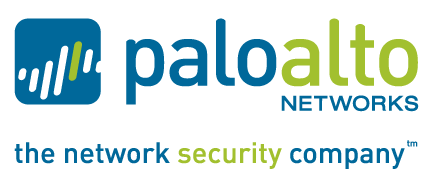URL Filtering
Our fully integrated URL filtering database lets you more easily and effectively enforce your policies for web browsing, which complements the policy-based application visibility and control delivered by our next-generation firewalls. Tie your URL filtering visibility and policy controls to specific users through transparent integration with enterprise directory services like Active Directory, LDAP and eDirectory. You can gain even more insight into your URL filtering by generating customizable reports and through log analysis.
- Securely enable web usage with the same policy control mechanisms that you apply to applications—allow, allow and scan, apply QoS, block and more.
- Reduce malware incidents by blocking access to known malware and phishing download sites.
- Tailor your web filtering control efforts by creating white lists (allow), black lists (block), or through custom categories and database customization.
- Facilitate and hone your SSL decryption policies. For example, “don’t decrypt traffic to financial services sites,” but “decrypt traffic to blog sites."
|
Control Web Activity with URL Filtering
The perfect complement to the policy-based application control provided by App-ID is our on-box URL filtering database, which gives you total control over related web activity. By addressing your lack of visibility and control from both an application and web perspective, App-ID and URL Filtering together protect you from a full spectrum of legal, regulatory, productivity, and resource utilization risks.
Tech-savvy users are spending more and more time on
their favorite website or using the latest and greatest web
application. This unfettered web surfing and application
use exposes organizations to security and business risks
including propagation of threats, possible data loss, and
lack of regulatory or internal policy compliance.
Stand-alone URL filtering solutions are insufficient control mechanisms
because they are easily bypassed with external proxies (PHproxy,
CGIproxy), translation sites (Google Translate, Bing Translator), search
engine caches (Google Search, Internet Archive), circumventors (Tor,
UltraSurf, Hamachi) and remote desktop access tools (GoToMyPC,
RDP, SSH). Controlling users’ application activity requires a integrated
approach that implements policies to control web activity and the
applications that are commonly used to bypass traditional security
mechanisms.
Palo Alto Networks® next-generation firewalls natively classifies all
traffic, inclusive of applications, threats and web content, then ties that
traffic to the user, regardless of location or device type. The application,
content and user, the business elements that run your business, are
then used as the basis of all security policies. By addressing the lack
of visibility and control from both the application and web content
perspective, your organization is safeguarded from a full spectrum of
legal, regulatory, productivity, and resource utilization risks.
|
|



